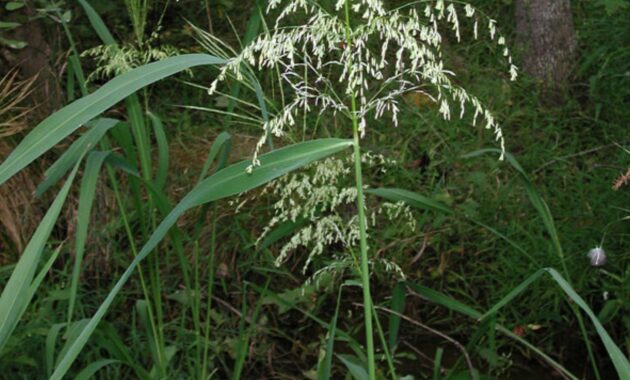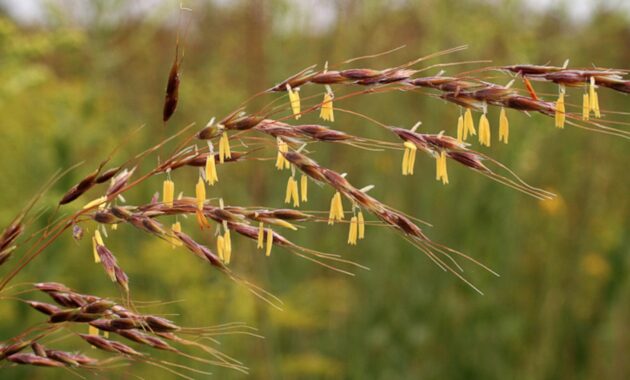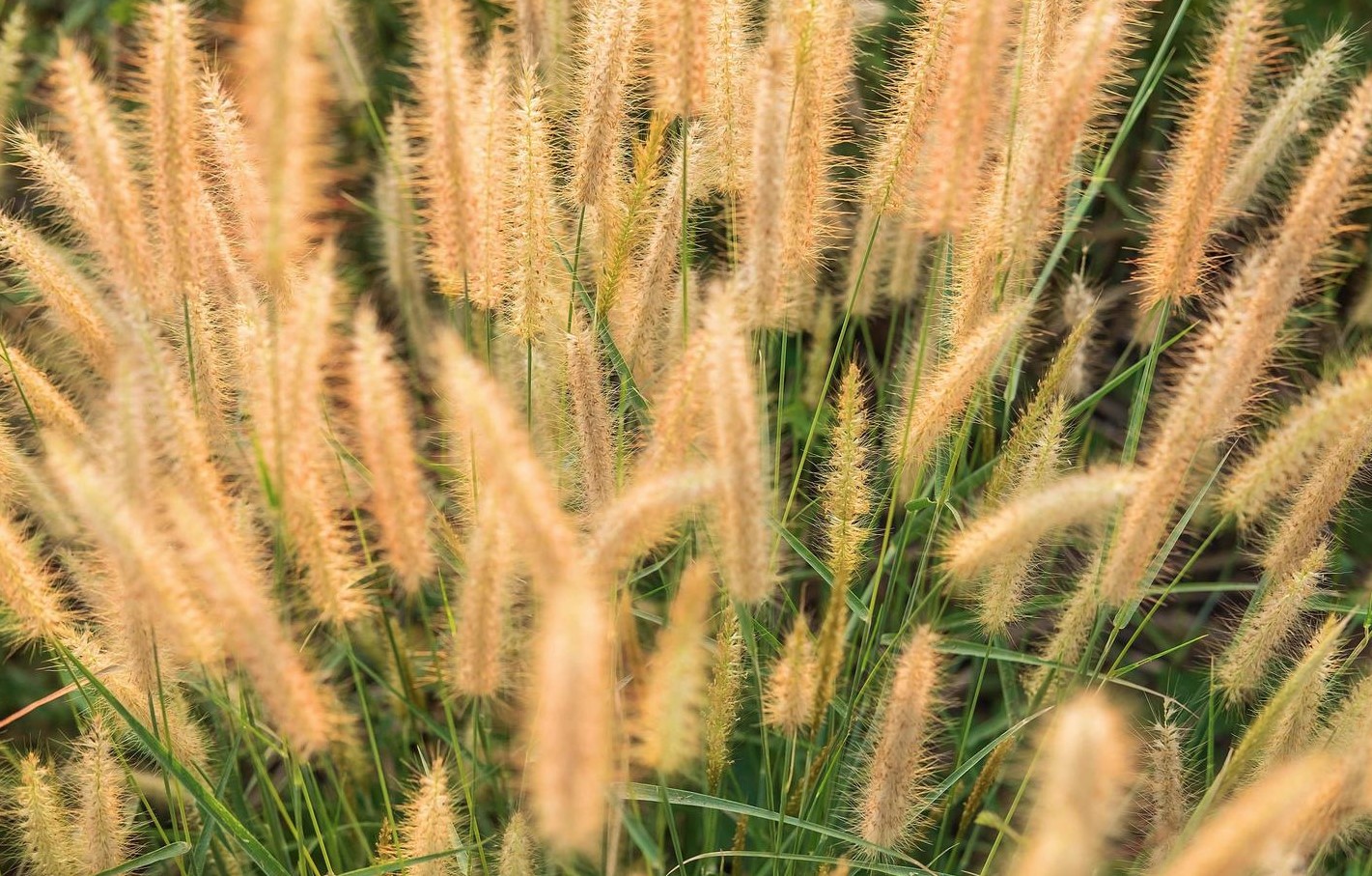
Grasses are more than just the green blanket under our feet—they’re a cornerstone of ecosystems, agriculture, and even our everyday lives. Often overlooked, grasses offer a diverse range of benefits, from feeding the planet to supporting wildlife and even holding soil together. From lawns to vast prairies, they play a critical role in maintaining balance in nature.
In this guide, we’ll explore the importance, types, and even the cultivation tips for grasses, showing how these humble plants contribute to the environment and our well-being.
Overview of Grasses
| Feature | Description |
|---|---|
| Scientific Name | Poaceae (Family) |
| Common Names | Grass, Turf, Lawn Grass, Forage |
| Native Regions | Worldwide, found on every continent |
| Plant Type | Perennial or annual herbaceous plants |
| Uses | Lawns, fodder, crops, ornamental, erosion control |
| Popular Types | Bermuda Grass, Bluegrass, Fescue, Zoysia |
The Role of Grasses in Our Ecosystem
Grasses are found everywhere—from your backyard to the world’s largest savannas. Their widespread nature is no coincidence. Grasses have evolved to thrive in a wide variety of climates and conditions, making them a key part of many ecosystems. Here’s why they’re so essential:
1. Soil Stabilization
Grasses have an extensive root system that helps anchor soil in place. This prevents soil erosion, especially on slopes or in areas with heavy rainfall. Without grasses, much of the earth’s topsoil would wash away, leading to land degradation.
2. Food for Grazing Animals
Grasses form the backbone of the diets for a vast number of herbivores like cattle, sheep, and wild grazers. Whether it’s fresh pasture grass or stored hay, these plants provide vital nutrition to livestock and wildlife alike.
3. Carbon Sequestration
Believe it or not, grasses are also important in the fight against climate change. Through photosynthesis, grasses pull carbon dioxide from the air and store it in their roots and the surrounding soil. Healthy grasslands can store large amounts of carbon, helping to reduce the overall carbon footprint.
My Experience Growing Different Types of Grasses
When I first moved into a house with a yard, I didn’t think much about what type of grass was planted—it was just “grass.” But after a few seasons of struggling to keep the lawn looking green, I realized that not all grasses are created equal. Depending on where you live and what your needs are, the type of grass you choose can make all the difference.
1. Cool-Season Grasses
In areas with cold winters and hot summers, I quickly learned that cool-season grasses like Kentucky Bluegrass or Fescue are best. They grow actively in the spring and fall when temperatures are moderate, making them perfect for places where summers get hot but winters are cold.
2. Warm-Season Grasses
On the other hand, if you live in a warmer climate, like in the southern parts of the U.S., Bermuda Grass or Zoysia are excellent options. They thrive in the heat of summer, and they’re drought-tolerant, meaning they stay green even when water is scarce.
3. Ornamental Grasses
If you’re looking for something that adds beauty to your garden while requiring less maintenance, ornamental grasses like Pampas Grass or Fountain Grass are fantastic. They create stunning focal points with their plumes and soft textures, and they don’t need frequent mowing or fertilizing.

Practical Uses for Grasses
1. Lawns
Of course, grasses are most often associated with lawns, and a well-maintained lawn can make all the difference in the curb appeal of a home. However, maintaining a green, healthy lawn isn’t always easy. I’ve found that the key to a great lawn is using the right type of grass for your region and giving it the proper care.
2. Erosion Control
If you have an area of land prone to erosion, planting native grasses can make a big difference. These grasses help hold the soil in place and reduce the risk of landslides or runoffs. Plus, native grasses are low-maintenance, as they’re already adapted to the local environment.
3. Agriculture and Livestock Feed
Grasses are crucial in agriculture, providing food for livestock in the form of hay or pasture grass. Some types, like alfalfa or clover, are rich in nutrients, providing essential food for cattle and other grazing animals. If you’re involved in livestock farming, selecting the right grass type for your pasture is critical for animal health and productivity.
Common Types of Grasses
There are hundreds of grass species, but here are a few of the most common types:
| Grass Species | Best Use | Key Characteristics |
|---|---|---|
| Bermuda Grass | Lawns, sports fields | Warm-season, drought-tolerant, high traffic resistance |
| Kentucky Bluegrass | Lawns in cool climates | Cool-season, fine texture, dense growth |
| Fescue | Lawns, erosion control | Tolerant of shade and poor soil, cool-season |
| Zoysia Grass | Warm-season lawns | Low maintenance, grows slowly, resistant to drought |
| Ryegrass | Lawns, livestock feed | Quick germination, cold-tolerant |
| Pampas Grass | Ornamental, erosion control | Large, feathery plumes, drought-tolerant |
How to Grow and Care for Grasses
1. Soil Preparation
Good soil is key to growing a healthy grass lawn. Before planting, make sure your soil has the right pH balance and nutrient levels. You can test your soil using a basic soil test kit, which will give you an idea of whether you need to add fertilizer or adjust the pH.
2. Planting
Most grasses are grown from seeds, but you can also plant sod for quicker results. When planting from seed, make sure you spread it evenly and cover it with a thin layer of soil. This helps the seeds take root and keeps them safe from birds.
3. Watering
When it comes to watering, consistency is key. Young grass needs frequent watering to help it establish roots, while mature grass can tolerate less frequent but deeper watering. Overwatering can lead to root rot, so it’s important to strike a balance.
4. Mowing and Maintenance
Mowing might seem simple, but there’s a trick to it—don’t cut the grass too short! Mowing too low can stress the grass and make it more susceptible to drought and disease. I’ve found that keeping the grass a bit longer, especially in the summer, helps it stay healthier.
5. Fertilizing
Grasses benefit from occasional fertilizing, especially during their active growing seasons. Whether you’re using organic or chemical fertilizers, make sure to apply it according to the type of grass and the season. Fertilizing too late in the year can lead to winter damage in cool-season grasses.
Conclusion: Why Grasses Matter
Grasses are the unsung heroes of the plant world, quietly supporting ecosystems, agriculture, and gardens alike. They may not be as flashy as flowers or as towering as trees, but their contributions are no less significant. Whether you’re looking to create a lush lawn, provide food for livestock, or simply add beauty to your garden, grasses are incredibly versatile and essential.
Next time you walk across a green field or enjoy a backyard barbecue on your lawn, take a moment to appreciate the resilience and importance of grasses. They might just be the foundation of everything growing around you.



